Having lived on their property for decades, southern Oregon residents have watched the ponderosas grow into giants. Seeing them survive a fire only to be cut down is devastating
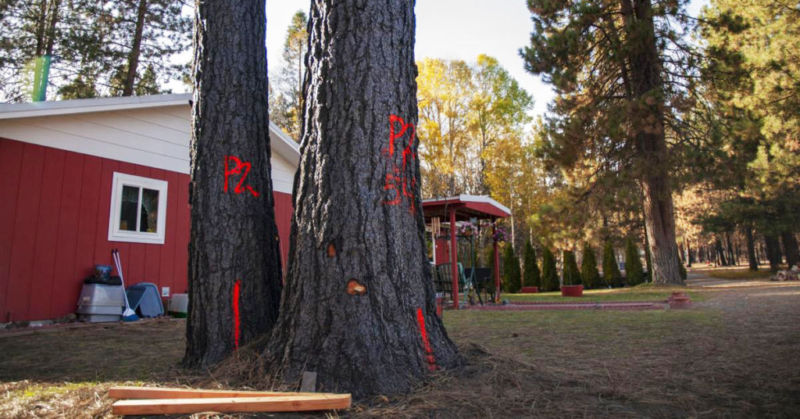
Big downer: Michelle Carson and her mother share this home in Chiloquin, Oregon. Crews contracted by Pacific Power arrived to start cutting down hazardous trees shortly after they’d returned from evacuating September’s Two Four Two Fire. Photo by Herald and News
By Alex Schwartz, (Klamath Falls) Herald and News. November 9, 2020. Michelle Carson had barely returned to her home after fleeing the Two Four Two Fire when they came to take the trees.
Though her house off Highway 422 survived the wildfire, some of the ponderosa pines towering over the property weren’t so lucky. Blackened trunks, charred roots and toasted needles suggested that some had died and were in danger of falling on nearby power lines—putting them at risk of starting the area’s next big blaze.
Forestry companies contracted by Pacific Power arrived in early October to assess the damage, marking with spray paint trees that would be cut down. But Carson thought many of the trees were in better shape than they looked, and she went back and forth with the foresters about why certain trees didn’t deserve to be marked.
The crew gave her an ultimatum: She could tell them not to remove the trees, but she’d be liable if they ever fell and hit a power line.
Carson said it has been a stressful few weeks for her and her neighbors, who are still reeling from the fire itself. The charred remains of her garage and wood shop are still scattered across the forest floor, and she’s still working through a claim with her insurance company.
The additional worry about the big, beautiful ponderosas that have dotted her property for decades has kept her up at night.
“They didn’t even give us time to collect ourselves,” Carson said.
Peggy Idonas, Carson’s mother who shares the house with her, said approximately 30 trees have been marked on her property—even the tree at the end of the driveway that has her house number bolted to it.
Some are clearly in poor shape and were before the fire hit. But others just appear singed at the base of their trunks, nearly all of their needles still green. One tree, which has been forked for years, was marked despite leaning away from the power line.
Idonas said she felt Pacific Power was using the fire as an excuse to indiscriminately cut down any trees that seemed like they could affect the power line in the future.
“Their motto is taking anything that’s black,” Idonas said.
Liability fears
Pacific Power spokesperson Drew Hanson said the utility’s policy requires contractors to reach out to landowners by phone, with door hangers or in person prior to removal. The company can make additional contact with residents upon request. Forestry crews assess the state of trees that have been impacted by fire and make determinations on how likely the trees are to damage power lines in the future.
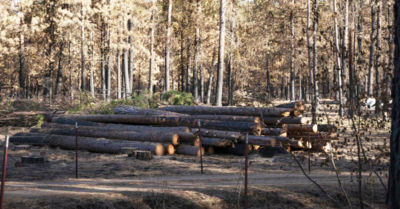
Bitter harvest: After cutting hazardous trees on private land, Pacific Power says crews will leave merchantable timber with landowners, who can then sell the logs. Photo by News and Herald
“Sometimes trees that appear to have a healthy crown are marked for proactive removal because the roots and base of the trunk have been compromised,” Hanson said.
After Carson and Idonas brought their complaints to Pacific Power, a forester with the company came out to their property and toured the marked trees with them. The forester reassessed trees that had been marked and agreed that some of them didn’t need to be removed, despite contractors initially telling Carson that their roots had burned in the fire.
Utilities have the right to remove hazardous trees within their power lines’ rights-of-way in order to avoid falling trees damaging their equipment. Randall Baley, protection unit forester for the Oregon Department of Forestry (ODF), said landowners have to approve of trees marked for removal outside that right-of-way.
But given the often ambiguous threat of liability for their uncut trees damaging lines and causing wildfires, Chiloquin landowners said they felt pressured by Pacific Power’s contractors into agreeing to those tree removals.
“With people being threatened that they’re liable, they’re going to roll over and say, ‘OK, I guess I have to do it,’” Carson said.
Right-of-way questions
Anthony Benedetti, who lives across Highway 422 from Carson and Idonas, said he agrees that power lines need to be protected from hazardous trees, but Pacific Power went about it in a way that was discourteous to residents who had just been impacted by a wildfire.
Benedetti had implemented fuel reduction and forest thinning on his property prior to the fire, which meant that the blaze was less intense when it reached his home, sparing the structure. Most of his trees are just like the ones across the street—bruised but not fatally.
A few weeks ago, Benedetti came home from work to discover a forestry crew marking trees on his property. When he asked what would happen if he didn’t let them fell some of the trees, he got the same answer Carson did: he’d be liable for any damages they caused. The contractors had him sign a piece of paper to that effect, which he did not receive a copy of.
“Any discussion of liability would be treated on a case-by-case basis,” Hanson said.
[perfectpullquote align=”full” bordertop=”false” cite=”” link=”” color=”” class=”” size=””]One resident said it seems like contractors have been very liberal in designating trees as hazards.[/perfectpullquote]
Benedetti said he wasn’t sure which trees were included in Pacific Power’s right-of-way, though he guesses that about half of the marked trees were outside that easement. He went through each marked tree and tied a pink ribbon around every one he wanted to save: 23 trees. Carson and Idonas did the same thing to about 10 trees on their property.
Contractors felled trees on Carson and Idonas’ property and left the ones with pink ribbons alone. They began cutting on Benedetti’s land and plan to take about 33 large, mature trees.
“In the future, it would be great if Pacific Power had a plan to communicate this kind of information prior to starting the process,” Benedetti said.
Cut or not?
Ponderosa pines are well adapted to natural fire, which can actually help their bark resist beetles and other insects. But especially intense burns can compromise their roots or leave soil prone to erosion.
As fire seasons get increasingly dry and intense, removing a tree in danger of falling can be better for the ecosystem than allowing it to stay. Baley said the key to this process of hazard reduction is finding a “sweet spot” between removing dead trees and leaving healthy ones to satisfy landowners and ecological needs.
“These are ponderosas,” Idonas said. “They don’t die very easily.”
Benedetti, who is an experienced sawyer and hazard tree inspector, said he was concerned that the contracted arborists from a California-based company didn’t recognize that the fire burned less intensely on his land and that many of their roots weren’t compromised despite a charred layer of topsoil.
He talked to the same Pacific Power forester Carson and Idonas spoke to and said she was helpful, but not before the contractors had marked trees on his land without his permission and made him sign a contract, the details of which he’s still unclear on. Overall, though, he still said he feels his property will be safer overall because of the removal.
Several Chiloquin-area landowners have contacted ODF with concerns about Pacific Power’s handling of the tree removals, and ODF has dispatched stewardship foresters to assess the damage themselves.
Patrick Peterson, stewardship forester for ODF, said one of Pacific Power’s contractors on the ground told him that all marked trees will be removed. Landowners’ only redress is to contact Pacific Power and have one of their foresters re-evaluate the trees they feel shouldn’t be cut down.
“Customers who have questions about tree removal in their area are encouraged to call Pacific Power and we’re happy to work with them,” Hanson said.
Residents with concerns should call 888-221-7070.
Peterson said it seemed like contractors have been very liberal in designating trees as hazards, but had done so out of an abundance of caution.
“They don’t have the capacity to monitor each single tree that might make it,” Peterson said.
Carson and Idonas said they felt like Pacific Power violated the land despite trying to mitigate future fire hazards. Having lived on their property for 40 years, they’ve watched the ponderosas around it grow into giants. Seeing them survive a fire only to be cut down is devastating.
“You live in the woods for a reason,” Carson said. “To have trees.”
Columbia Insight is publishing this story as part of the AP StoryShare program, which allows newsrooms and publishing partners to republish each other’s stories and photos.




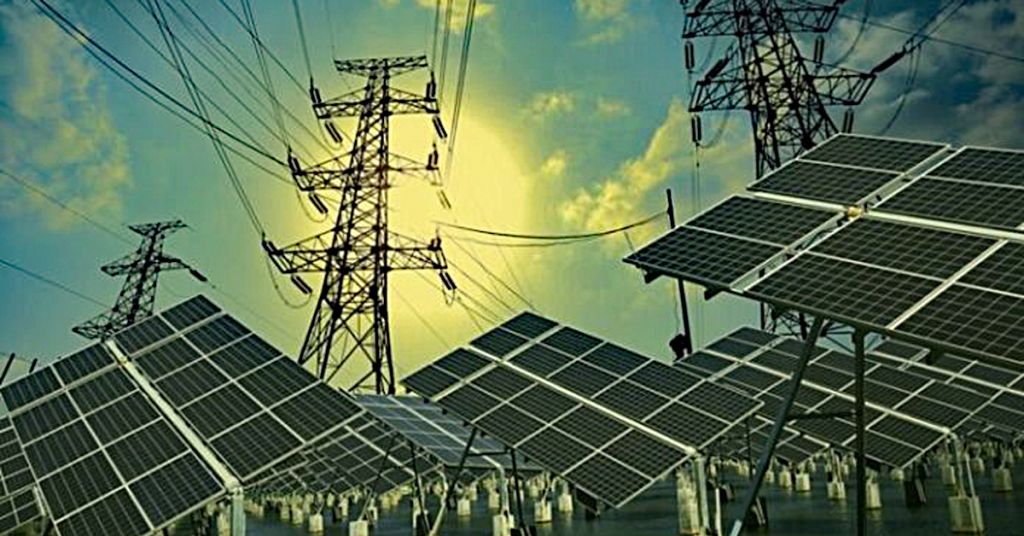
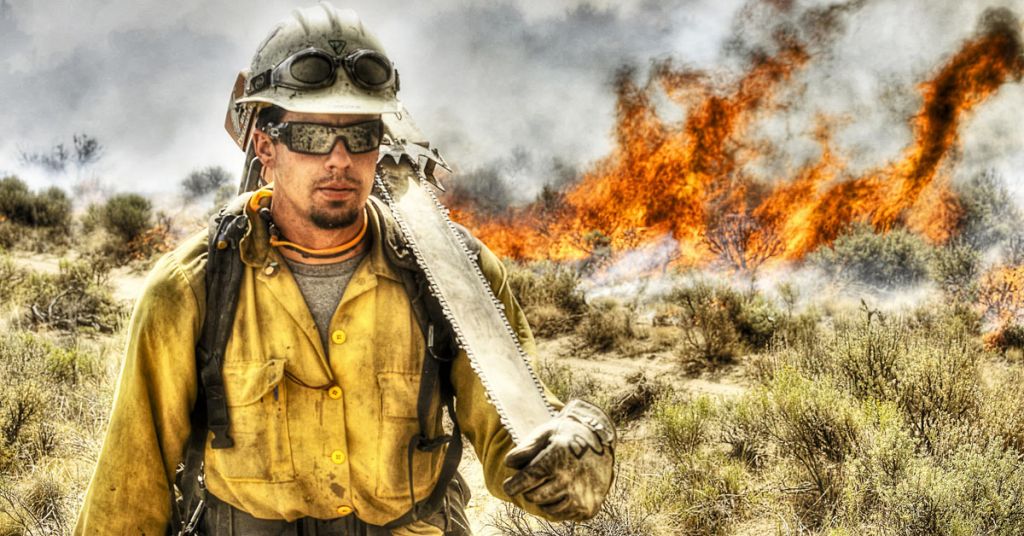
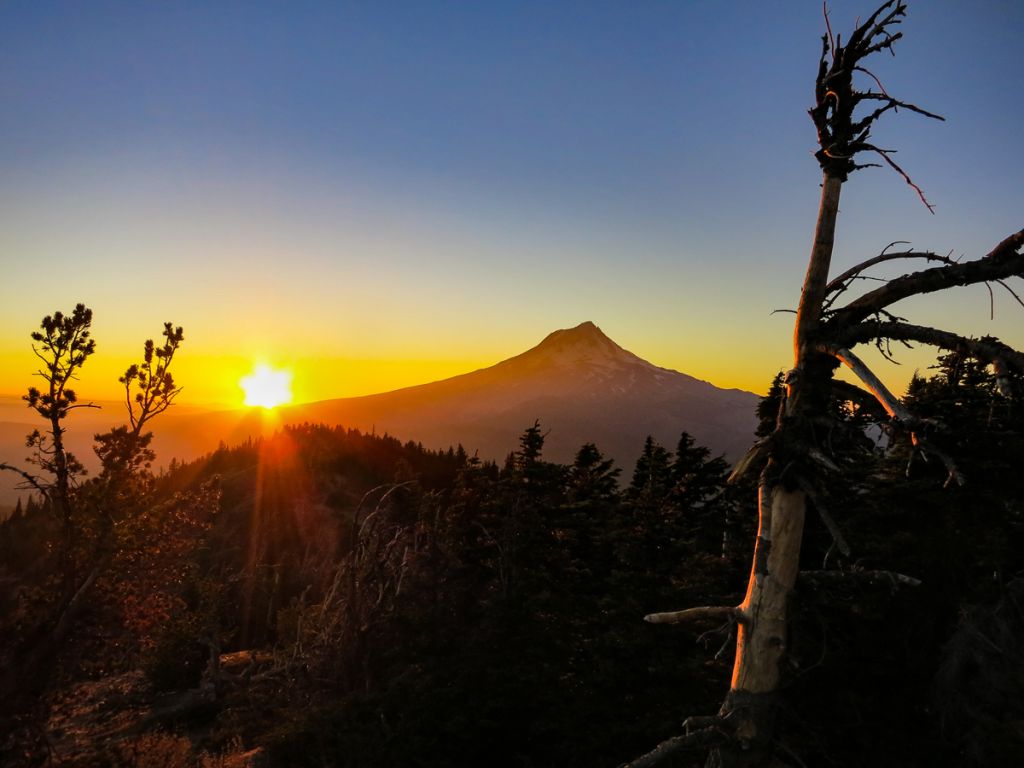




More power and good luck to the landowners of those wonderful old-growth ponderosa pines! They are well-adapted to wildfires.
Hello! I just would like to give huge thumbs up for the great info you have here on this post. I will be coming back to your blog for more soon.
Wonderful information, thanks a lot for sharing kind of content with us. Your blog gives the best and the most interesting information on landowners criticize tree removals after wildfire. I wonder if we can gather such practical information about it, a great post definitely to come across.
I really appreciate you for publishing this blog here about landowners criticize tree removals after wildfire; it’s really a helpful and very useful for us. This is really appreciated that you have presented this data over here, I love all the information shared. Great article!
This is really appreciated that you have presented this data over here, I love all the information shared. It will be very helpful to understand about landowners criticize tree removals after wildfire. Great post to share, thanks for publishing this here!!
I was looking for this information relating to landowners criticize tree removals after wildfire . You have really eased my work, loved your writing skill as well. I like how you have researched and presented these exact points so clearly. Please keep sharing more!
I was very happy to see them wearing all their protective gear. Will recommend it to friends. Thanks!
Tree removal is a very dangerous task that should only be left to trained professionals. Whenever you try to remove a tree yourself, you are running the risk of serious injury. You will need to know how to cut the tree, where to cut the tree, and which way you want the tree to fall. This can all be very confusing to a regular person. Tree care services are trained to know exactly how to take care of any tree, no matter the size or where it is located.
Good share. Thanks for your content.You’ve explained that it’s important to make a removal for a tree in danger of falling, it can be better for the ecosystem than allowing it to stay. I have contracted Dartmouth Ma Tree Service to remove a large tree within 20 feet of the house, the team showed up quickly and they did a great job. Thanks and Good luck!
Older trees, while beautiful, compete with newer trees and other species of trees in a forest. This can lead to stagnant growth and reduced diversity and development in a forest.